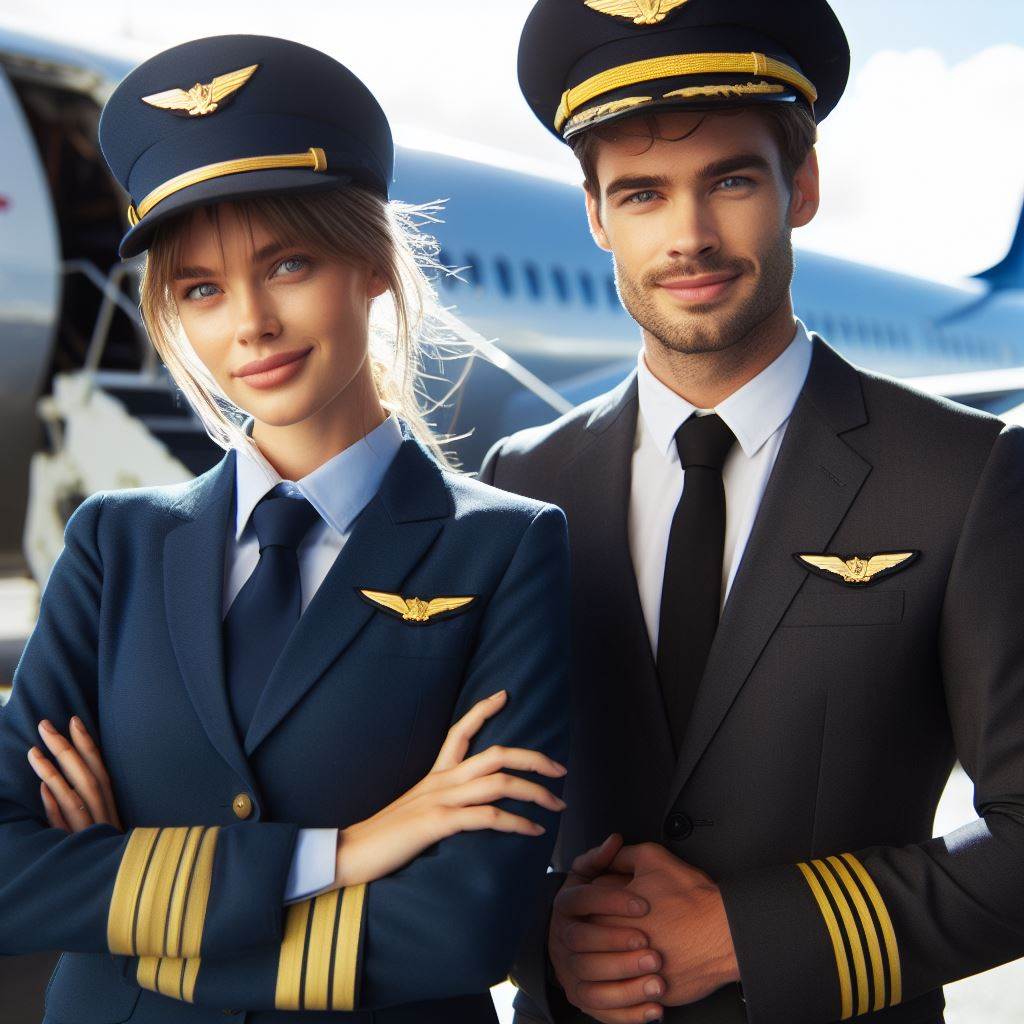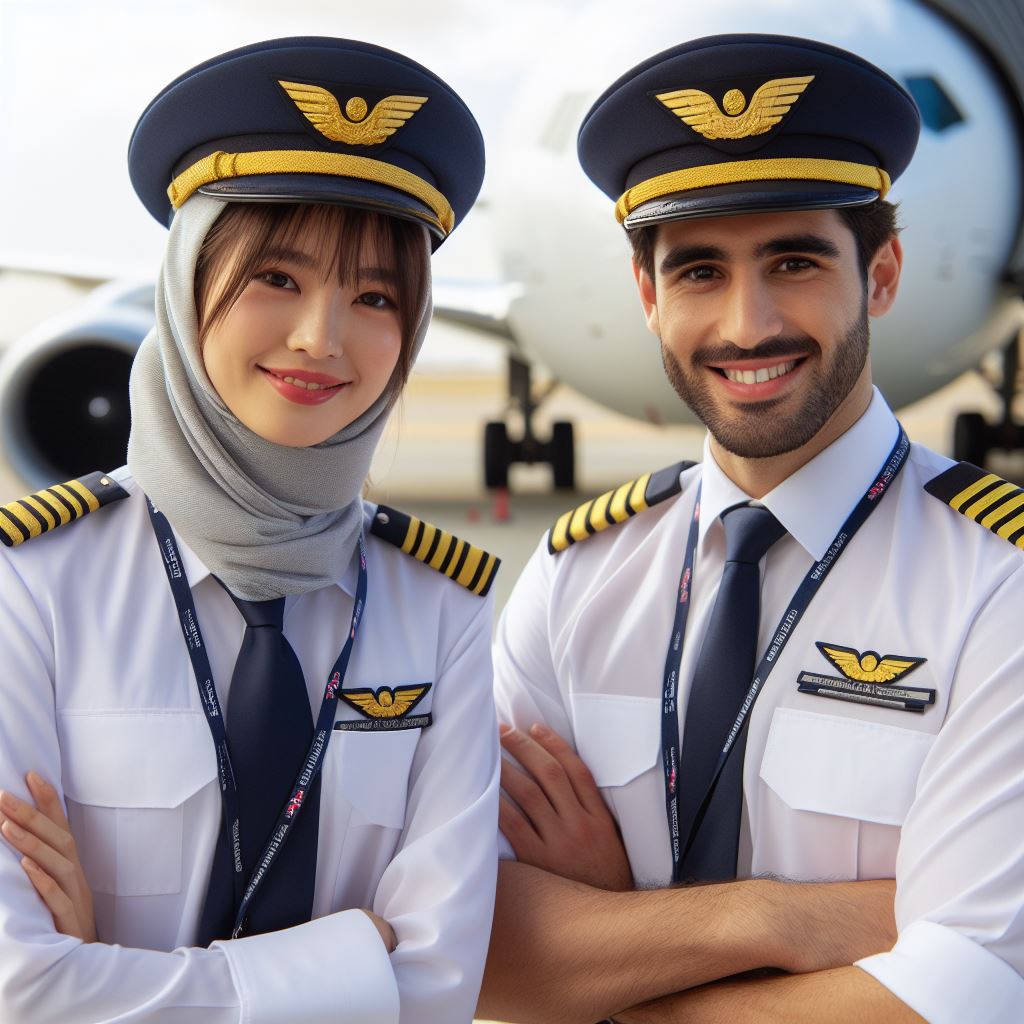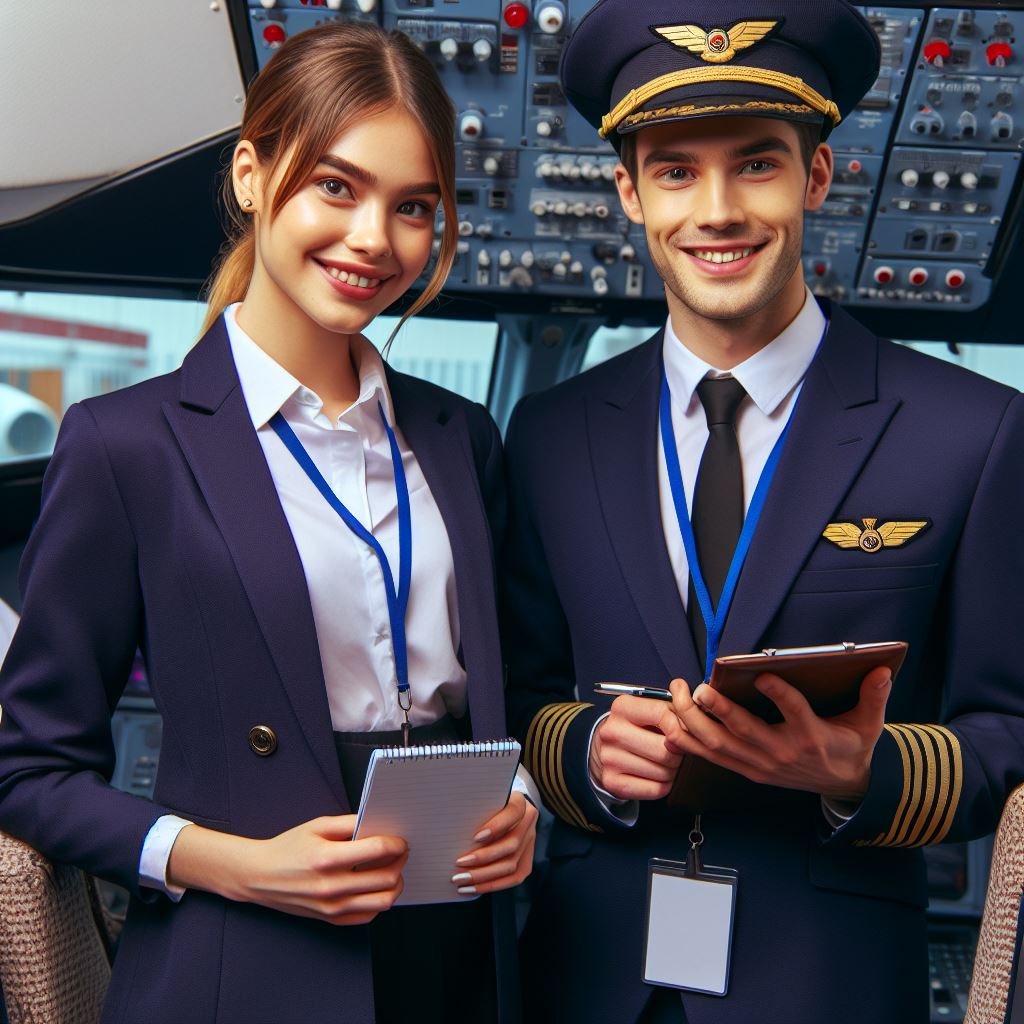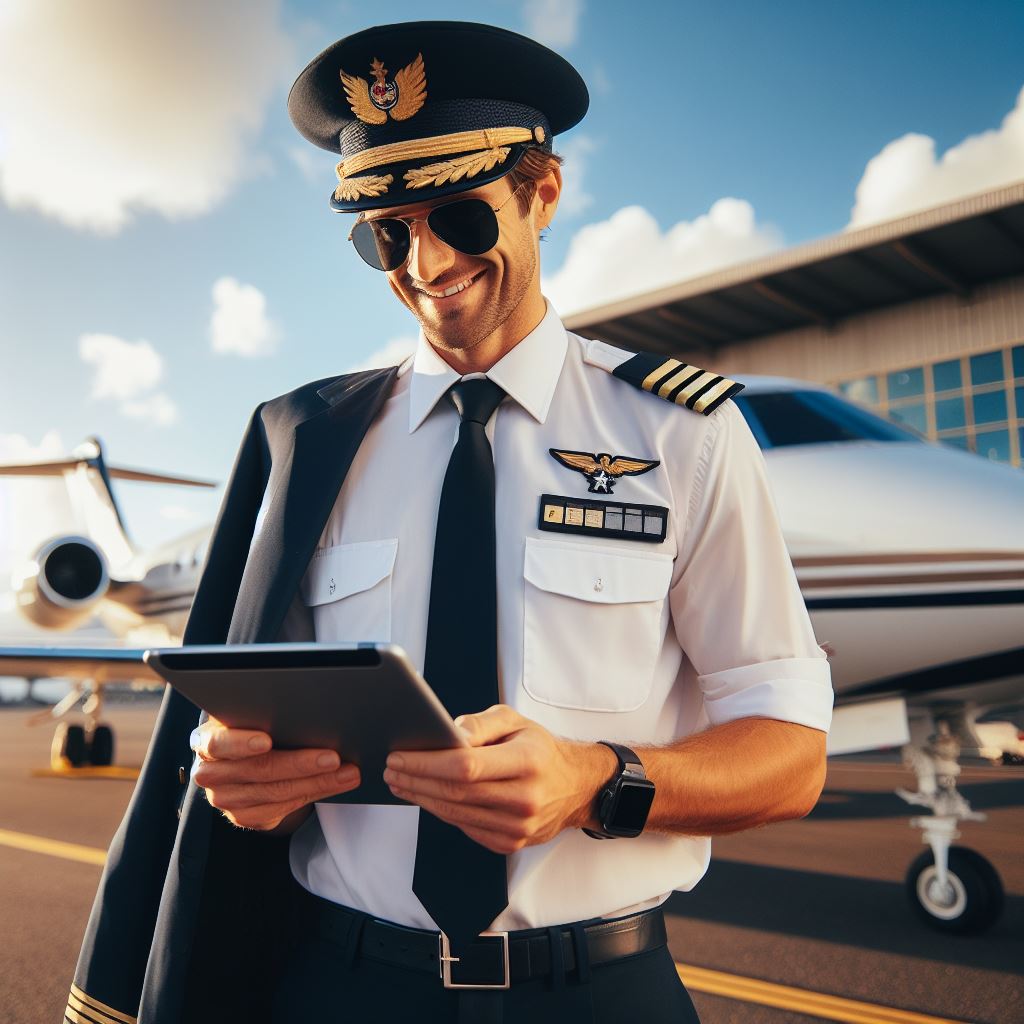Introduction
A. Definition of airline pilot unions
Airline pilot unions are organizations formed by pilots to collectively represent their interests, negotiate employment terms, and advocate for better working conditions within the aviation industry.
These unions serve as the collective voice of pilots, addressing a wide range of issues including wages, benefits, working hours, safety regulations, and career advancement opportunities.
By uniting pilots under a common platform, these unions aim to strengthen their bargaining power and ensure fair treatment and representation in their interactions with airlines and regulatory authorities.
B. Importance and role of unions in protecting pilots’ rights and interests
The role of airline pilot unions in safeguarding the rights and interests of pilots cannot be overstated.
These unions play a crucial role in advocating for improved working conditions, fair compensation, and enhanced safety standards within the aviation industry.
By negotiating collective bargaining agreements with airlines, pilot unions help establish minimum standards for wages, benefits, and working conditions, ensuring that pilots receive equitable treatment and compensation for their contributions to the industry.
Moreover, pilot unions are instrumental in addressing safety concerns and advocating for regulatory reforms to enhance aviation safety standards.
Through collective action and collaboration with regulatory authorities, these unions work to identify and address safety hazards, implement risk mitigation measures, and promote a culture of safety within the industry.
By representing pilots’ perspectives on safety-related issues, pilot unions contribute to the continuous improvement of aviation safety standards and practices.
C. Overview of the Australian airline industry
The Australian airline industry is a dynamic and competitive sector that plays a vital role in connecting the vast expanse of the continent and facilitating domestic and international travel.
With a diverse array of airlines operating across the country, ranging from full-service carriers to low-cost carriers and regional airlines, the industry serves a broad spectrum of travelers, from leisure tourists to business travelers and freight operators.
In recent years, the Australian airline industry has faced various challenges and opportunities, including shifts in consumer preferences, regulatory changes, and economic fluctuations.
The industry has witnessed consolidation through mergers and acquisitions, as well as increased competition from international carriers and emerging low-cost airlines.
Additionally, advancements in technology and changes in market dynamics have led to evolving business models and operational strategies within the industry.
Despite these challenges, the Australian airline industry remains resilient, with strong demand for air travel driven by factors such as population growth, tourism, and business activity.
The industry continues to adapt and innovate, embracing digitalization, sustainability initiatives, and customer-centric approaches to enhance the travel experience and drive growth.
In this context, airline pilot unions play a critical role in advocating for pilots’ rights and interests within the Australian airline industry, ensuring that pilots are treated fairly, compensated equitably, and provided with a safe and supportive working environment.
Through collective action and collaboration with industry stakeholders, pilot unions contribute to the ongoing evolution and success of the Australian airline industry.
Evolution of Airline Pilot Unions in Australia
Airline pilot unions in Australia have a rich historical background within the aviation sector.
Over the years, they have faced various challenges but have also achieved significant milestones and developments in their formation.
A. Historical background of unions in the aviation sector
- The formation of unions in the aviation sector dates back to the early 20th century.
- In Australia, the aviation industry witnessed the emergence of unions with the establishment of the Australian Air Pilots’ Association (AAPA) in 1937.
- Unions played a crucial role in safeguarding the rights and welfare of pilots during World War II.
- Post-war, unions continued to advocate for improved working conditions and fair remuneration.
B. Key milestones and developments in the formation of pilot unions
- In the 1960s, the Association of Australian Commercial Pilots (AACP) was formed, representing a significant milestone in pilot unionization.
- During this period, pilot unions focused on issues such as working hours, flight safety, and career progression.
- In the 1970s, the Australian Federation of Air Pilots (AFAP) emerged as a strong and influential union, advocating for pilot rights and negotiating collective agreements.
- The 1980s saw the establishment of the Australian International Air Pilots’ Association (AIPA), representing the interests of international airline pilots.
- In the late 20th century, pilot unions increasingly emphasized the importance of pilot training and maintaining high safety standards.
C. Major challenges faced by pilot unions over the years
- Pilot unionization has faced resistance from airline management, particularly during times of economic downturns.
- Rapid technological advancements and industry deregulation have posed challenges for pilot unions in negotiating contracts and ensuring job security.
- Concerns over automation and the potential impact on pilot employment have also presented challenges for unions.
- Bargaining power has been a continuous challenge, as airlines have sought to cut costs and increase efficiency.
- The COVID-19 pandemic has brought unprecedented challenges for pilot unions, with widespread job losses and the need to negotiate new agreements to mitigate the impact.
Despite these challenges, Australian pilot unions have been instrumental in improving the working conditions, career opportunities, and safety standards for airline pilots.
They have negotiated collective agreements, lobbied for regulatory changes, and provided a united voice for pilots.
Looking ahead, pilot unions will continue to adapt and evolve in response to the changing aviation landscape.
They will play a crucial role in ensuring the interests of pilots are protected and advocating for a sustainable and thriving aviation industry in Australia.
Read: Australian Train Driver: Career Path
Benefits and Protections Provided by Airline Pilot Unions
A. Collective bargaining power for better compensation and working conditions
- Pilot unions provide a platform for collective bargaining, allowing pilots to negotiate for fair compensation.
- By uniting their voices, pilots can secure better salaries, benefits, and improved working conditions.
- Through collective bargaining, unions can address issues such as excessively long flight hours or inadequate rest periods.
- Union negotiations often result in contractual agreements that protect pilots’ rights and interests.
- Improved compensation and working conditions attract and retain highly skilled pilots, benefiting airlines and passengers alike.
B. Job security and protection against unfair treatment or dismissal
- Pilot unions play a crucial role in protecting pilots from arbitrary or unfair treatment by airlines.
- Union contracts establish clear procedures that need to be followed before a pilot can be terminated.
- Unions provide legal representation and support to pilots facing disciplinary actions or terminations.
- By enforcing fair employment practices, unions ensure that pilots are not subject to discrimination or harassment.
- Job security provided by unions enables pilots to focus on their responsibilities without fear of retaliation.
C. Improved safety regulations and working environment through union advocacy
- Pilot unions play a crucial role in advancing safety regulations and standards within the aviation industry.
- Through collaboration with regulatory bodies, unions advocate for changes that prioritize the well-being of pilots and passengers.
- Union representatives participate in industry discussions to address safety concerns and propose necessary improvements.
- By advocating for better working conditions, unions aim to reduce fatigue and ensure pilots’ mental and physical well-being.
- Improved safety regulations and a positive working environment ultimately enhance the overall safety of air travel.
In essence, airline pilot unions provide numerous benefits and protections to pilots in Australia.
Through collective bargaining, pilots gain a stronger voice in negotiating for fair compensation and improved working conditions.
Unions also safeguard pilots from unfair treatment or dismissal by establishing clear procedures and providing legal support.
Additionally, pilot unions play a crucial role in advocating for better safety regulations and working environments, which contributes to the overall safety and well-being of pilots and passengers.
Read: Train Driving in Australia: Pros & Cons
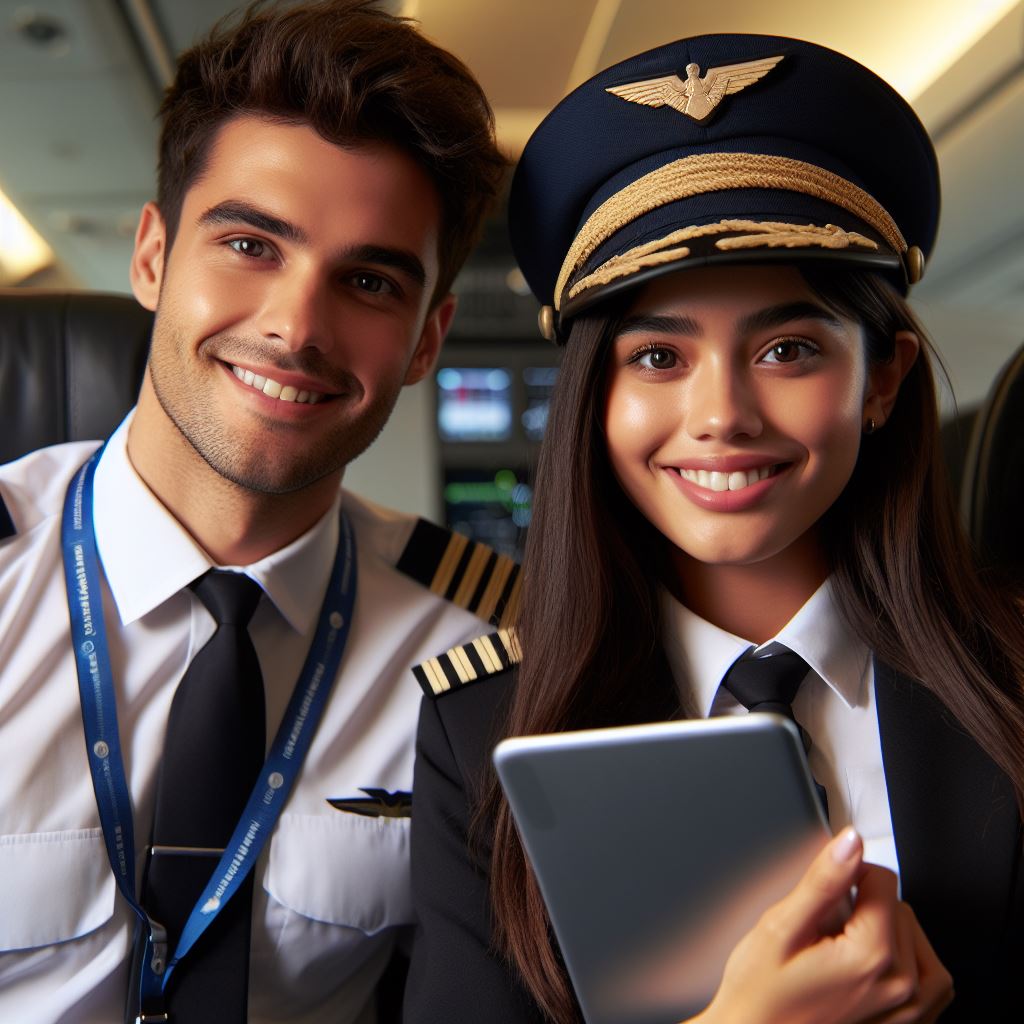
Uncover the Details: Navigating Passenger Needs: Tips from Aus Pros
Major Airline Pilot Unions in Australia
A. Australian and International Pilots Association (AIPA)
- With a rich history, AIPA has been advocating for pilots’ rights and interests since its inception.
- AIPA aims to ensure fair working conditions, career progression, and health and safety measures for its members.
- The union represents a diverse membership including international pilots and flight engineers.
- AIPA has played a significant role in negotiating and improving pay and conditions for pilots across various airlines.
- Through collective bargaining, AIPA has successfully achieved notable achievements such as increased pay scales and rostering improvements.
- The association actively engages with aviation stakeholders to address safety concerns and enhance industry standards.
- AIPA’s contributions extend to training and development programs to ensure members are equipped with the necessary skills and knowledge.
B. Tigerair Pilot Group (TPG)
- TPG operates as a subsidiary union of the Australian Federation of Air Pilots, representing Tigerair pilots.
- Its primary purpose is to safeguard the welfare and interests of pilots employed by Tigerair.
- TPG focuses on securing fair pay, working conditions, and career progression opportunities for its members.
- The union actively participates in negotiations with Tigerair management to achieve collective agreement terms.
- TPG’s key initiatives include advocating for improved fatigue management and promoting a positive safety culture.
- Through collaboration with other aviation bodies, TPG contributes to the development of industry best practices.
- TPG has successfully negotiated rostering enhancements, benefiting pilots’ work-life balance and overall well-being.
These major pilot unions in Australia, the AIPA and TPG, play crucial roles in protecting the interests and rights of airline pilots.
AIPA, with its extensive history and diverse membership, has been instrumental in advancing the career prospects and working conditions for pilots.
Through negotiations and collaboration with stakeholders, AIPA has achieved significant milestones, benefiting pilots across different airlines.
On the other hand, TPG exclusively represents pilots employed by Tigerair, focusing on maintaining fair treatment and career opportunities for its members.
The union’s tireless efforts in negotiations and advocacy have resulted in notable improvements in rostering and fatigue management, ultimately enhancing the overall well-being of Tigerair pilots.
Both AIPA and TPG demonstrate the importance and effectiveness of pilot unions in safeguarding their members’ interests.
These unions actively engage with aviation stakeholders, ensuring a collaborative approach to address safety concerns and improve industry standards.
Through their continuous efforts, Australian pilots can count on these unions to fight for their rights and champion their professional aspirations.
Read: Impact of Tech on Train Driving in Oz
Your Personalized Career Strategy
Unlock your potential with tailored career consulting. Get clear, actionable steps designed for your success. Start now!
Get StartedChallenges and Controversies Surrounding Airline Pilot Unions
A. Conflict between unions and airline management
- Strained relationships often arise from disagreements over wages, working conditions, and benefits.
- Management may view unions as a hindrance to profitability and operational flexibility.
- Pilot unions, on the other hand, advocate for fair treatment and improved safety measures.
- Collective bargaining negotiations can become contentious, leading to strikes or work-to-rule actions.
- Resolving conflicts between unions and management requires effective communication and compromise.
B. Impact of union actions on the airline industry
- Union actions, such as strikes, can disrupt airline operations, causing inconvenience to passengers.
- Flight cancellations and delays during labor disputes can result in significant financial losses for airlines.
- Airline pilot unions wield significant power, potentially influencing industry-wide labor standards.
- Increased labor costs resulting from union demands may lead to higher ticket prices for consumers.
- Nonetheless, pilot unions play a crucial role in advocating for pilot rights and safety standards.
C. Public perception and media portrayal of pilot unions
- Pilot unions often face challenges related to public perception and media portrayal.
- Media coverage tends to focus on the negative aspects of union actions, emphasizing inconveniences caused.
- This biased portrayal can lead to a negative perception of pilot unions by the general public.
- However, it is essential to recognize the inherent importance of collective bargaining for pilots’ rights.
- Public awareness and understanding of the complexities of pilot unions’ roles are crucial for fair judgment.
In short, airline pilot unions face challenges and controversies in their interactions with airline management, the impact of their actions on the industry, and public perception.
While conflicts may arise, it is crucial to acknowledge the role of unions in advocating for fair treatment, improved safety measures, and pilot rights.
Effective communication and compromise are necessary to resolve conflicts between the unions and management.
Additionally, public awareness and understanding play a vital role in forming a fair judgment of pilot unions’ actions and their importance in the aviation industry.
Read: How to Become a Train Driver in Australia
Conclusion
In looking towards the future, there are potential changes and advancements that can be expected in airline pilot unions.
With the rapid advancements in technology and the increasing demands on pilots, unions will need to adapt and evolve to remain relevant.
One potential change is the incorporation of artificial intelligence and automation in pilot unions.
This could lead to more efficient grievance handling and negotiations, as well as improved communication between union members.
Additionally, the ongoing importance of unions in the aviation industry cannot be overstated.
Unions provide a collective voice for pilots, ensuring their safety, fair treatment, and reasonable working conditions.
In an industry with high stakes and potential risks, pilot unions play a crucial role in maintaining standards and advocating for their members.
In the end, the Aussie perspective on airline pilot unions highlights the need for strong unions to protect pilots’ rights and interests.
The challenges faced by unions are not unique to Australia, but the ongoing struggle for fair working conditions remains pertinent.
The key takeaway is that pilot unions must remain adaptable, incorporating technological advancements and embracing change while staying true to their core values of advocating for the well-being of their members.
It is only by doing so that airline pilot unions can continue to be effective and relevant in the future.

